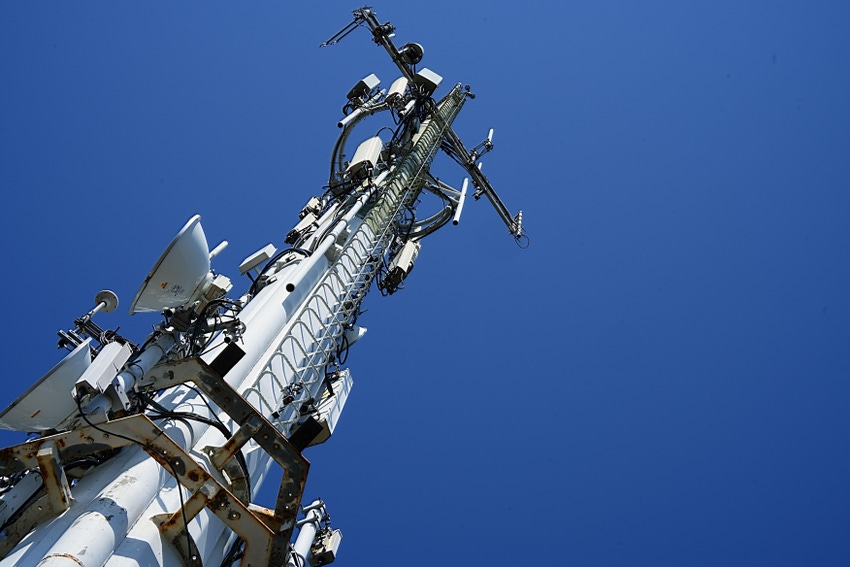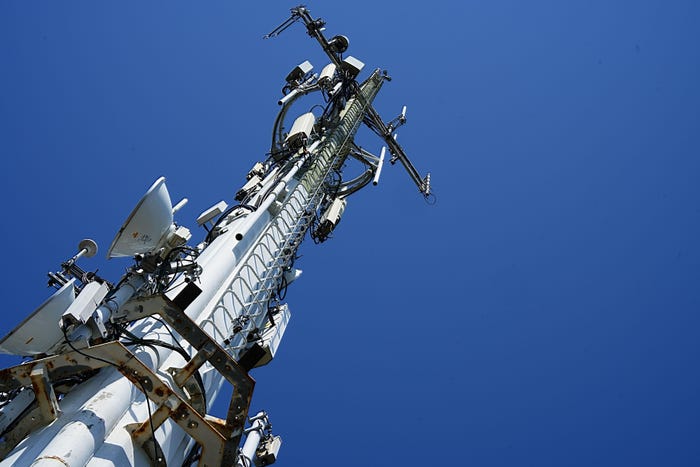Could 5G carriers ink a spectrum deal with TV broadcasters?
Dubbed the Incentive Auction 2.0, the idea of a possible sunset for ATSC 1.0 TV broadcasts could pave the way for TV broadcasters to release more spectrum to 5G network operators.

A television conference in Washington aired a proposed remake of one of the bigger spectrum-policy hits of the past decade. But subsequent conversations suggest it's not clear what kind of reception "Incentive Auction 2.0" might get.
FCC Commissioner Brendan Carr endorsed the idea of a second "incentive auction" during his talk onstage with Madeleine Noland, president of the Advanced Television Systems Committee. The discussion happened during ATSC's NextGen Broadcast Conference in Washington, DC, on June 13.
Carr suggested that after local stations shut down ATSC 1.0 digital broadcasts in favor of ATSC 3.0 (aka NextGen TV), they might be open to releasing some of their unused spectrum to wireless network operators.
That's exactly what happened in 2017. The original incentive auction raised $19.8 billion from wireless operators after TV broadcasters offered to vacate UHF channels in the 600MHz band. The move was part of the transition to digital TV.
Noland, the ATSC executive, said regulators in Brazil are considering opening up the high end of the country's VHF spectrum for wireless reuse after its transition to its "TV 3.0" ATSC 3.0-based standard.
"I think we're approaching a time where it is important to start to have a conversation," said Carr, adding that wireless carriers might find lowband spectrum today used by broadcasters worth the expense. "We are a little shy on spectrum right now."
The former FCC advisor who helped to launch the original incentive auction in 2017 thinks there's potential in returning to that well. "It's a smart idea and Brendan [Carr] is wise to raise it," Blair Levin, a policy advisor to New Street Research, said in an email.
A lot of ifs
TV stations participating in the incentive auction seven years ago could start planning a potential repacking of TV airwaves without having to finish a broadcast-technology upgrade first. The opposite scenario prevails today.
The FCC's approval of ATSC 3.0 didn't set deadlines for broadcasters to cut over like those of the original digital-TV transition, instead requiring them to keep 1.0 broadcasts on the air. That simulcast rule is set to expire July 17, 2027, but broadcasters would still not be obliged to shut down 1.0 broadcasts on that date.
Speaking at the ATSC event, National Association of Broadcasters President and CEO Curtis LeGeyt said Washington needs to stick to a date to sunset mandatory simulcasting.
But he said it's too soon to push for a mandatory shutdown date for ATSC 1.0. After all, NAB is working to build a case for NextGen, including testing a Broadband Positioning System that would use ATSC 3.0 infrastructure and airwaves to provide a terrestrial alternative to GPS.
Asked if an incentive auction might help that cutover, NAB offered an inconclusive statement from Alex Siciliano, senior vice president of communications: "We are wholly focused on the transition to ATSC 3.0, which will make even more efficient use of our spectrum and deliver new, cutting-edge services to viewers and allow for applications that are simply not possible in a 1.0 world."
Michael Calabrese, director of the Wireless Future Project at New America, said ATSC 3.0's vastly improved efficiency could yield sizable spectrum slices from each station.
"They still occupy 6MHz channels; but if they fully transitioned – and only broadcast over the air using ATSC 3.0 – their primary channel/stream would only need about 1MHz (on average)," he said in an email.
Levin, in turn, wrote in his email that policymakers should also consider how broadcasters might develop better uses for freed-up TV spectrum under a different auction model.
"In 2.0 is it ... about reallocating spectrum or is it enabling broadcasters to do something different with their spectrum?" he asked. "One can do both but the priority will affect auction design."
Asked for examples, Levin said "something different" could mean broadcasters using spectrum to provide over-the-top video, bringing it to joint ventures "with either carriers or platforms" for new services, or staging a more coordinated sale of this spectrum to increase their take.
What would wireless carriers do?
At the other end of a future incentive auction, wireless carriers now seem much less interested in adding more sluggish lowband spectrum when midband frequencies deliver vastly better download and upload speeds as well as much more capacity.
"There was a real need for lowband spectrum," recalled Roger Entner, founder and lead analyst, Recon Analytics. "Now there is a real need for capacity."
And the capacity likely to be brought by whatever lowband frequencies a new incentive auction might deliver would amount to "a drop in the bucket for an established mobile operator."
Calabrese wrote that spectrum below 1GHz "is not worth what it was" but could still fetch a premium for its superior coverage.
The biggest bidder in the 2017 incentive auction, T-Mobile, saw that purchase pay off handsomely in part because of how that lowband frequency helped improve its rural coverage.
The second-highest bidder then, Dish, has taken much longer to start putting its 600MHz spectrum to work as part of its project to build a fourth nationwide network.
CTIA's press office did not return a request for comment.
Would IoT wireless providers find slow but far-reaching spectrum worth a bid in a future incentive auction?
Enter said they might but could not afford to bid much: "With ARPUs that are in the $1/year range for certain things – good luck."
Washington policymakers could also use some good luck, and sooner, to end a stalemate over the FCC's lapsed spectrum-auction authority that shows no signs of a resolution anytime soon.
Entner did not think that the prospect of TV spectrum being freed up in three or more years would provide much of an incentive to renewing that authority.
"But then there's no real spectrum to be auctioned," he said. "You need spectrum authority when there's spectrum to be auctioned."
About the Author(s)
You May Also Like



.jpeg?width=700&auto=webp&quality=80&disable=upscale)










